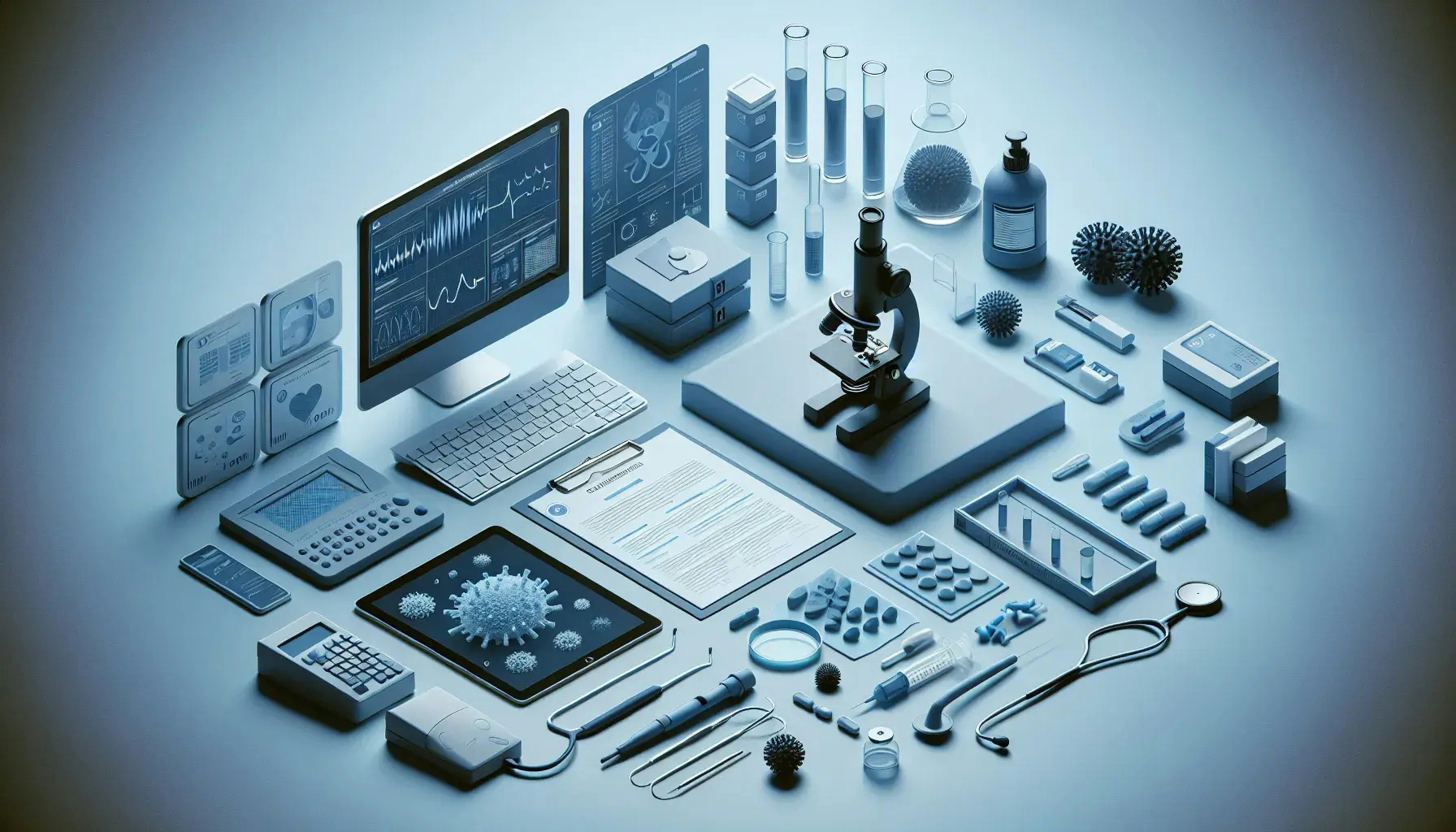Tools Used by Epidemiologists
Epidemiologist.io

Welcome to our deep dive into the world of epidemiology. In this post, we will explore the tools that epidemiologists use in their work. These tools are essential for understanding and controlling health-related events, including outbreaks of infectious diseases. From data collection to statistical analysis, these tools help epidemiologists predict and prevent health crises.
Data Collection Tools
Epidemiologists rely heavily on data collection tools. These tools help them gather information about disease outbreaks, health behaviors, and environmental exposures. One of the most common tools is the questionnaire. Epidemiologists use questionnaires to collect data on a wide range of health-related topics. They design these questionnaires to gather specific information that can help them understand the factors contributing to a health event.
Surveys are another important data collection tool. Like questionnaires, surveys can collect data on a wide range of topics. However, surveys often involve a larger sample size and can provide a broader picture of a health event.
Epidemiologists also use medical records to collect data. These records provide detailed information about an individual's health history, including diagnoses, treatments, and outcomes. By analyzing medical records, epidemiologists can identify patterns and trends in disease occurrence.
Statistical Analysis Tools
Once epidemiologists have collected data, they need to analyze it. This is where statistical analysis tools come in. These tools allow epidemiologists to make sense of the data they have collected and draw conclusions about the health event they are studying.
One of the most commonly used statistical analysis tools is the statistical software. Programs like SAS, SPSS, and R allow epidemiologists to perform complex analyses of their data. These programs can handle large datasets and perform a wide range of statistical tests.
Epidemiologists also use modeling tools to analyze their data. These tools allow them to create mathematical models of disease spread. By using these models, epidemiologists can predict future outbreaks and develop strategies to prevent them.
Geographic Information Systems (GIS)
Geographic Information Systems (GIS) are another important tool in the epidemiologist's toolkit. GIS allows epidemiologists to visualize data in a spatial context. This can be particularly useful when studying diseases that spread geographically.
GIS can show where disease outbreaks are occurring, how they are spreading, and what factors may be contributing to their spread. This can help epidemiologists identify areas at high risk for disease outbreaks and develop strategies to prevent them.
In addition to mapping disease spread, GIS can also be used to map health resources. This can help epidemiologists identify areas where health resources are lacking and work to address these gaps.
Laboratory Tools
Laboratory tools are essential for epidemiologists who work in research or clinical settings. These tools allow them to test samples for the presence of disease-causing agents, such as bacteria or viruses.
Microscopes are one of the most common laboratory tools used by epidemiologists. They allow them to examine samples at a microscopic level and identify disease-causing agents.
In addition to microscopes, epidemiologists also use a variety of testing kits and assays. These tools allow them to test samples for specific diseases. For example, they might use a testing kit to detect the presence of the bacteria that causes tuberculosis.
Communication Tools
Communication tools are crucial for epidemiologists. They need to communicate their findings to a wide range of audiences, including the public, health professionals, and policymakers.
One of the most important communication tools is the scientific report. Epidemiologists use scientific reports to share their findings with the scientific community. These reports typically include a detailed description of the study, the methods used, the results, and the conclusions drawn from the results.
In addition to scientific reports, epidemiologists also use presentations and infographics to communicate their findings. These tools allow them to present their findings in a visually appealing and easy-to-understand format.
Software Tools
Software tools are becoming increasingly important in epidemiology. These tools allow epidemiologists to manage and analyze large datasets, create models of disease spread, and visualize data.
One of the most commonly used software tools is the database management system. These systems allow epidemiologists to store, retrieve, and manage large amounts of data.
In addition to database management systems, epidemiologists also use software tools for data analysis and modeling. These tools allow them to perform complex analyses and create detailed models of disease spread.
The Power of Tools in Epidemiology
As we've seen, the tools used by epidemiologists are diverse and powerful. From data collection to communication, these tools play a crucial role in understanding and controlling health events. By leveraging these tools, epidemiologists can work to predict and prevent health crises, ultimately improving public health.